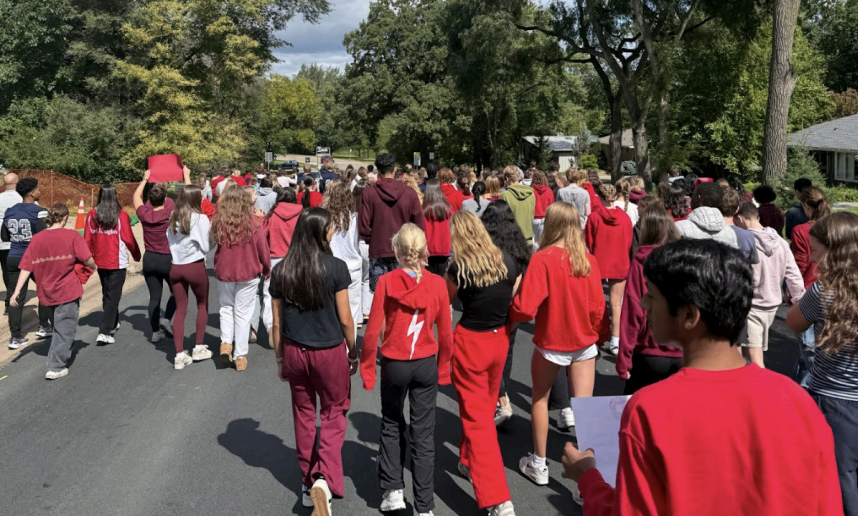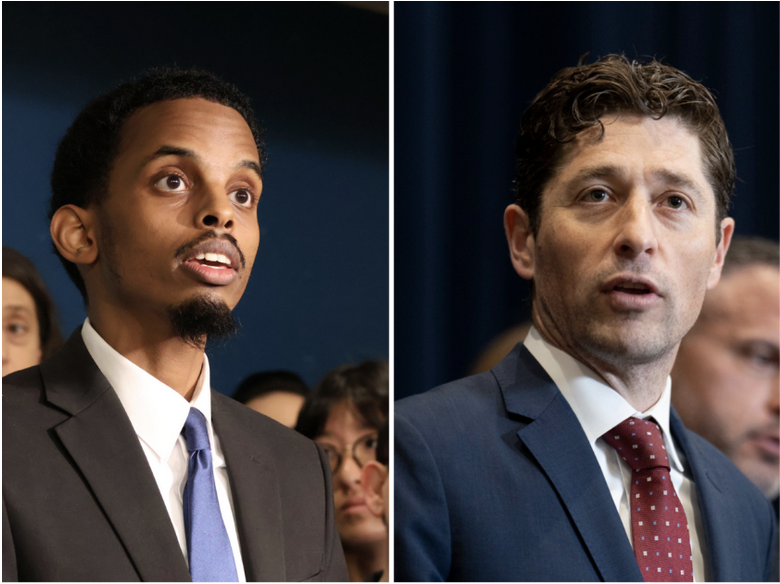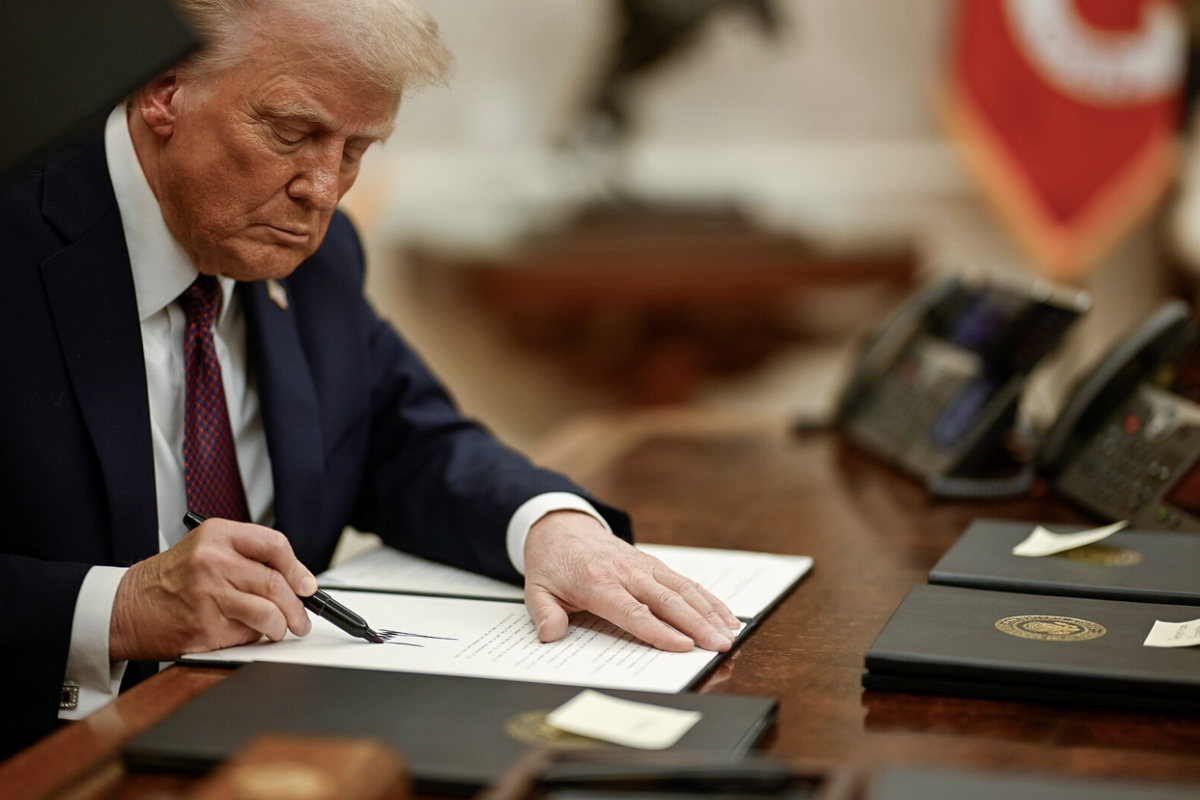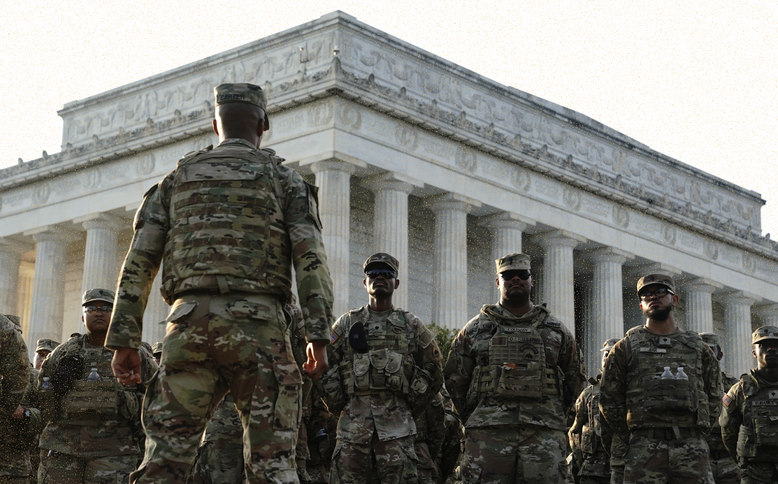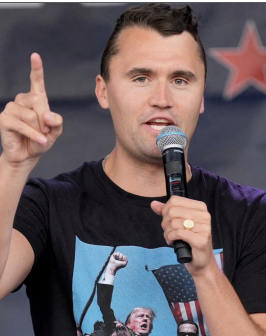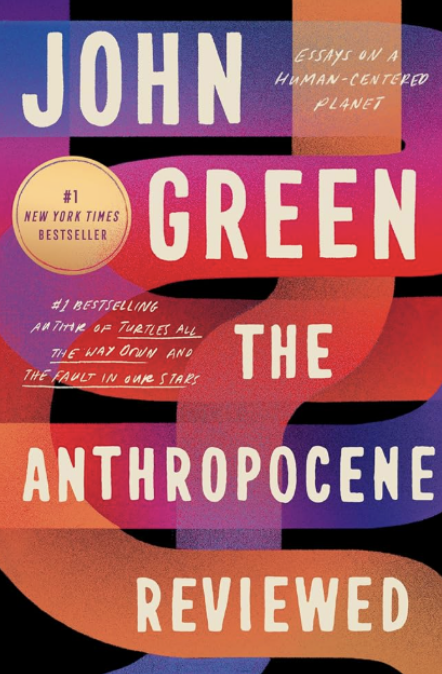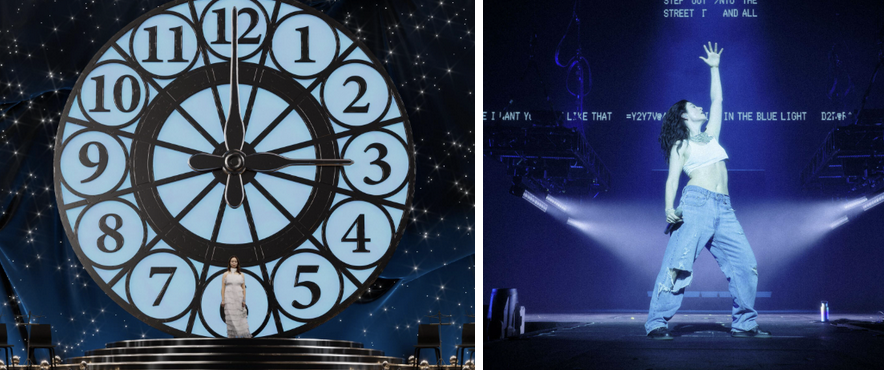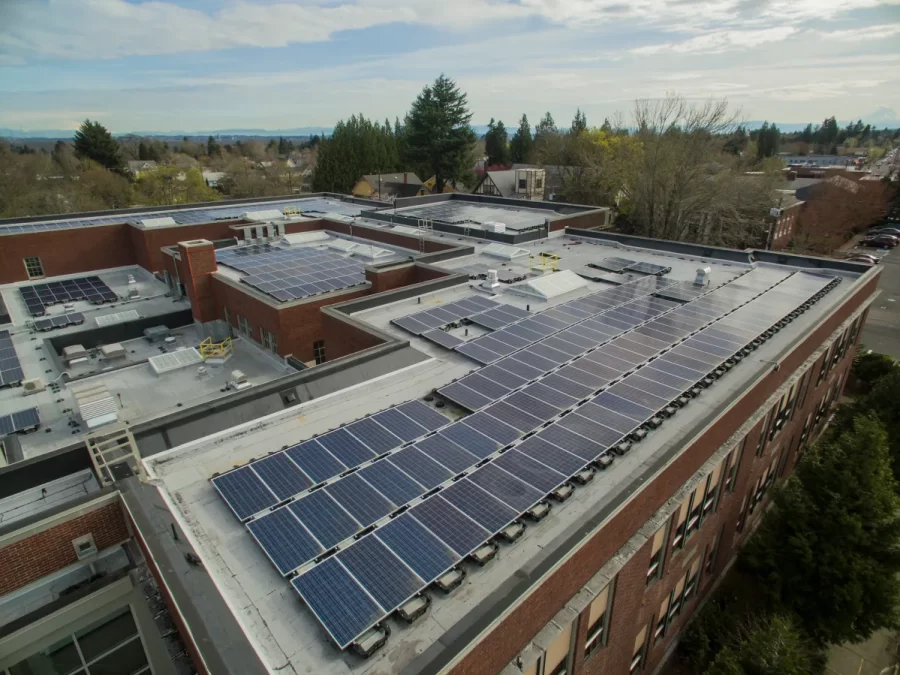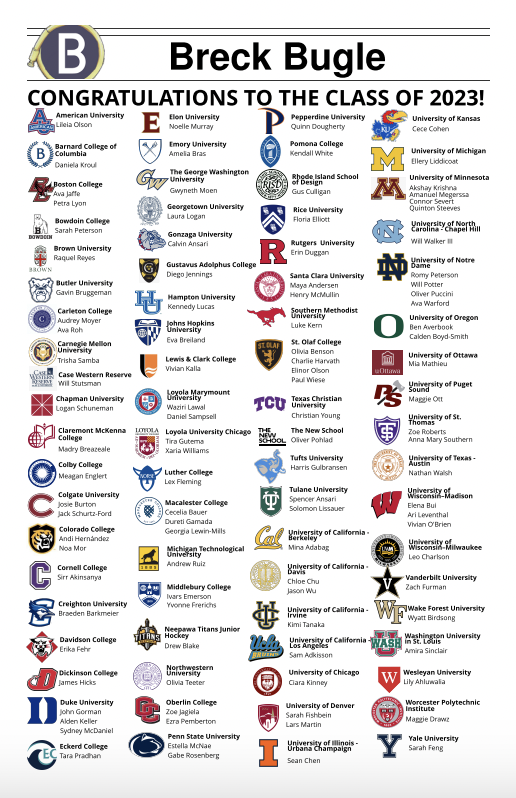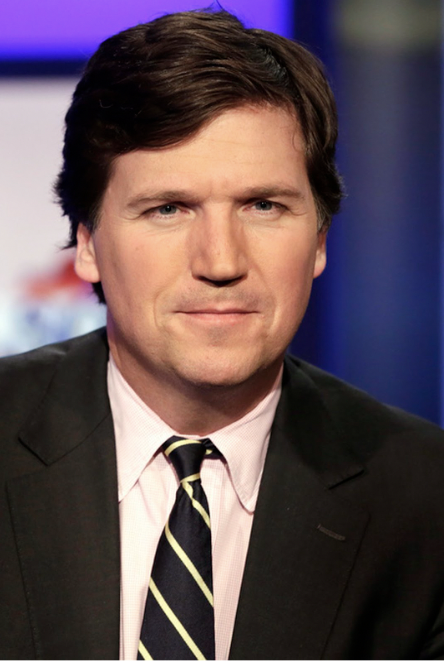Donald Trump just became the first U.S. president inaugurated to non-consecutive terms since Grover Cleveland in the late 1800s. The uniqueness of this moment in American history invites a deeper exploration of how Donald Trump’s two inauguration speeches reflect and diverge from one another.
Last month, Trump stepped up to the podium inside the Capitol Rotunda in Washington D.C. after taking the oath of office and becoming the 47th President of the United States. He delivered a speech filled with rhetoric about the beginning of a golden age in America. He vowed to lead a revolution of common sense catalyzed by a series of executive orders—his first attempts to improve upon the outgoing Biden administration, of which he was very critical.
Trump’s two inauguration ceremonies, separated by eight years, share numerous similarities but also some key differences.
To start, the presidential inauguration is traditionally held outside on the western face of the U.S. Capitol building, facing the National Mall. This year’s ceremony, however, was moved inside due to the cold weather in Washington D.C. The result was a limited audience size, comprised of only the most esteemed guests.
In addition, the guests of honor seated behind Trump during his 2017 inauguration were those typically expected at such an event: politicians, family members, and other figures from the Washington political elite. This year, however, anyone who watched the event would have been unable to miss the various CEOs of tech-giants (Meta, Amazon, X/Tesla, Apple, Google, TikTok) who had front row seats at the ceremony and could be seen seated behind Trump.
As Trump took the oath of office with the First Lady Melania Trump at his side, many noticed that he did not place his left hand on the Bible, as most president-elects traditionally do. In 2017, he did place his hand on the Bible during the oath, and while it is traditional to do so, Article VI of the U.S. Constitution states that “no religious Test shall ever be required as a Qualification to any Office or public Trust under the United States.”
At both ceremonies, Trump then delivered his inaugural address. His 2025 speech was nearly twice the length of his 2017 address. In 2017, Trump thanked the outgoing Obama administration for their help in the peaceful transfer of executive power; in 2025, he did not mention anything even remotely similar.
In his 2017 speech, Trump was also more explicitly focused on what he saw as America’s key issues: public education, drugs, poverty, and a lack of power for the people. In 2025, on the other hand, his rhetoric emphasized the country’s entrance into a golden age of American prosperity and glory.
Trump’s religious rhetoric in 2017 was conventional and stayed in the background of his inaugural address, but his emphasis on God and religion took on a more prominent role last month. As he recalled the attempt on his life at a rally in Butler, Pennsylvania in 2024, Trump invoked faith as he told the crowd that his “life was saved by God, to make America great again.”
In both speeches, Trump was clearly critical of the outgoing administration, declaring that neither the Obama or Biden presidencies were beneficial for the American people.
Both speeches shared related rhetoric regarding Trump’s belief that under the outgoing administration, America “enriched foreign industry at the expense of its own” and “defended other nations borders while refusing to defend its own.” He vowed both times that he would now put America first, repeating similar phrases like “I will fight for you” and “I will win for you.”
His rhetoric about the historical legacy of his inauguration date was also very similar in the two speeches. In 2017, he proclaimed that January 20th, 2017, “will be remembered as the day the people became the rulers of this nation again.” This January, he similarly stated that January 20th, 2025, is “Liberation Day” and will be remembered “as the greatest and most consequential election in the history of the country.”
Both times, Trump also attempted to discuss themes of race and equality. In 2017, he declared that “whether we are black or brown or white, we all bleed the same red blood of patriots.” In 2025, on MLK Day, Trump stated his goal to “end the government policy of trying to socially engineer race and gender into every aspect of public and private life,” and to “forge a society that is colorblind and merit-based.” These statements present a vision of a society less focused on race. However, they omit any acknowledgment of the systemic barriers that have historically limited access to equal opportunities for Americans of color, a reality that continues to affect many today. This omission highlights the tension between an aspirational vision and the true complexities of addressing discrimination.
Although Trump returned to the presidency eight years after his first term, the differences in his inaugural rhetoric are a call to pay close attention as his second term unfolds.
